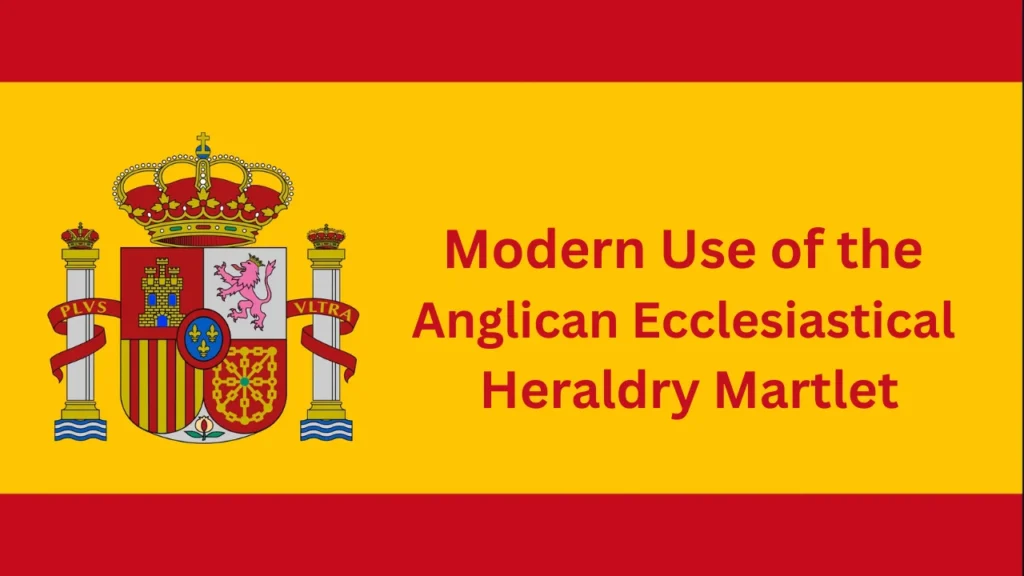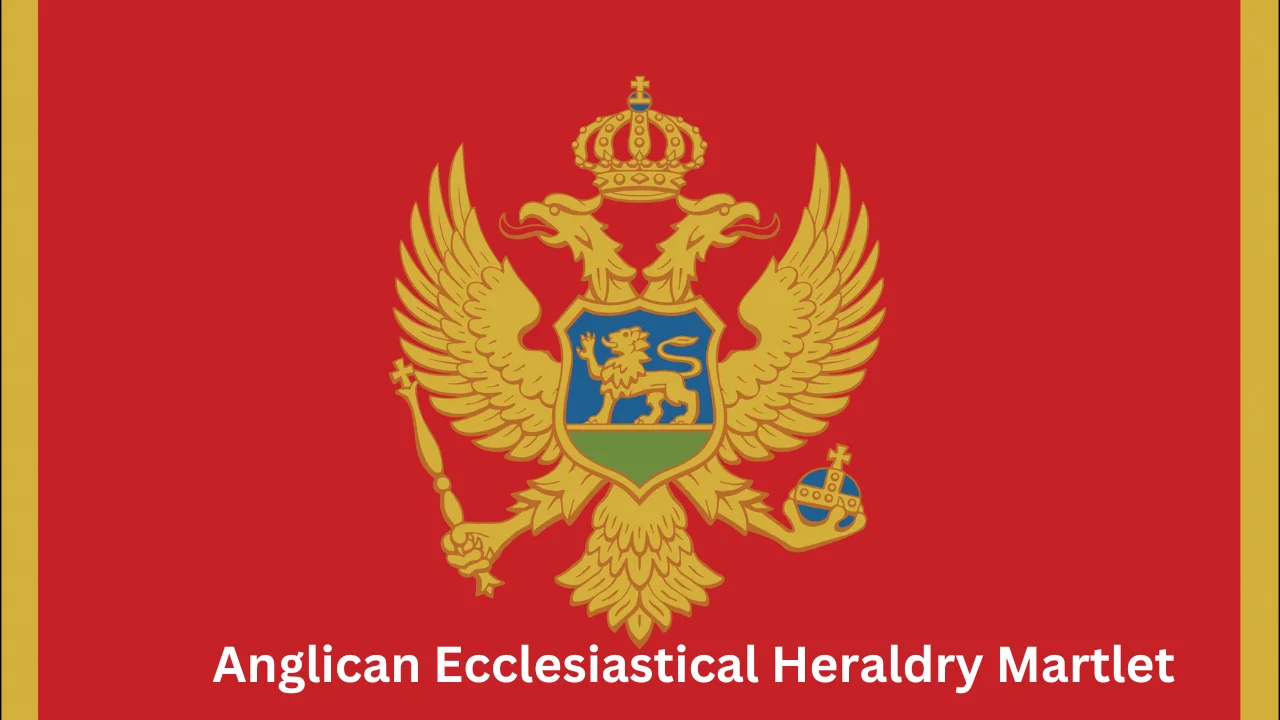Anglican Ecclesiastical Heraldry Martlet: The Footless Bird of Faith
Anglican ecclesiastical heraldry holds a rich tradition that reflects the history, faith, and culture of the Anglican Church. One of the most intriguing symbols in this heraldry is the martlet, a small bird with deep symbolic meaning. This article explores the Anglican ecclesiastical heraldry martlet, its history, symbolism, and its role within this heraldic tradition.
Heraldry has long been a way to convey identity and values through visual symbols. In the Anglican Church, these heraldic symbols are more than decorative emblems. They serve as meaningful representations of the Church’s theology, mission, and history. Among these symbols, the martlet stands out for its unique appearance and profound spiritual symbolism.
Also Read: G15Tools com: Simplifying Gaming Strategies for All
What is a Martlet in Heraldry?
The martlet is a heraldic bird resembling a swallow or house martin. What makes it distinct is that it is typically depicted without feet, giving it a strikingly unique appearance. The martlet is not exclusive to Anglican heraldry; it has been a common motif in various heraldic traditions. However, its significance in it is closely tied to Christian theology and spiritual concepts.
This bird is often shown in flight, symbolizing a continuous journey and a detachment from worldly matters. Its lack of feet conveys a sense of dependence on divine grace, as it appears to be always moving, never resting on earthly foundations. This symbolism aligns perfectly with the spiritual ideals of humility, faith, and perseverance that are central to the Anglican Church.
Symbolism
In Anglican ecclesiastical heraldry, the martlet represents a range of virtues and ideals. First and foremost, it symbolizes spiritual pilgrimage. The Christian life is often described as a journey, and the martlet’s perpetual motion serves as a reminder of this ongoing quest for faith and salvation. It reflects the idea of seeking a higher purpose and striving for a closer connection with God.
Another significant aspect of the martlet’s symbolism is humility and dependence. Its lack of feet suggests a reliance on divine providence, reinforcing the belief that one’s spiritual foundation lies in God rather than in earthly possessions or achievements. This is particularly meaningful in the context of the Church, where clergy and leaders are called to live lives of service and devotion.
It also represents the virtue of perseverance. Just as the bird appears to be constantly in motion, Christians are encouraged to remain steadfast in their faith, even in the face of challenges and uncertainties.
Historical Context of the Martlet in Heraldry
The use of the martlet in heraldry dates back to medieval times, when it was used as a symbol of cadency. In general heraldry, the martlet was often associated with the fourth son of a noble family, who traditionally would not inherit land. This connection adds another layer of meaning to the martlet’s symbolism, emphasizing resilience and the pursuit of one’s own path.
In Anglican heraldry, the martlet took on additional significance. As the Anglican Church developed its own heraldic traditions, symbols like the martlet were incorporated into the coats of arms of bishops, dioceses, and other ecclesiastical entities. The bird’s association with pilgrimage, faith, and humility made it an ideal emblem for representing the Church’s mission and values.
Also Read: iofbodies.com Privacy: Protects Your Personal Data
Modern Use of the Anglican Ecclesiastical Heraldry Martlet

Today, the martlet continues to be a prominent feature in Anglican ecclesiastical heraldry. It is often seen in the coats of arms of Anglican dioceses, bishops, and other church institutions. The bird’s elegant design and profound symbolism make it a powerful visual representation of the Church’s spiritual mission.
In addition to its traditional meanings, the martlet has also come to symbolize the Church’s commitment to adaptability and progress. Just as the martlet is always in motion, the Anglican Church strives to remain dynamic and responsive to the needs of its congregations and the broader world. This modern interpretation adds depth to it, highlighting its relevance in today’s context.
Symbolism of the Martlet in Anglican Ecclesiastical Heraldry
| Aspect | Symbolism |
|---|---|
| Pilgrimage | Represents the Christian journey of faith and spiritual quest. |
| Humility | Signifies dependence on God rather than worldly foundations. |
| Perseverance | Reflects the virtue of remaining steadfast in faith. |
| Adaptability | Emphasizes the Church’s dynamic and evolving nature. |
| Detachment | Encourages a focus on heavenly aspirations rather than earthly ties. |
The Role of the Martlet in Anglican Ecclesiastical Art and Design
The martlet holds a unique position in Anglican ecclesiastical art and design, where it symbolizes spiritual ideals, historical traditions, and theological principles. As a heraldic element, the martlet is not merely a decorative feature but a meaningful emblem of faith, humility, and perseverance. Its presence in various forms of Anglican ecclesiastical art reflects its enduring significance within the Church.
A Distinctive Heraldic Emblem
The martlet is a small bird with a distinct appearance in heraldry, often depicted without feet. This absence of feet carries profound symbolic meaning, representing the concept of perpetual movement and pilgrimage. In the context of Anglican heraldry, the martlet is a visual representation of the Christian journey—a life in constant motion, striving toward spiritual growth and divine connection. Its use in ecclesiastical art, such as coats of arms for bishops and dioceses, underscores its role as a symbol of devotion and reliance on God’s providence.
Martlet in Church Architecture
In Anglican church architecture, the martlet can often be seen incorporated into designs such as stained glass windows, carvings, and decorative panels. These artistic representations serve to remind worshippers of the Church’s spiritual mission and its focus on guiding believers toward a higher purpose. The martlet’s graceful form and symbolic resonance make it an ideal motif for adorning sacred spaces, where it becomes a subtle yet powerful reminder of the Church’s teachings on humility and perseverance.
Martlets in Heraldic Coats of Arms
The martlet is frequently used in the coats of arms of Anglican dioceses, bishops, and other church institutions. These heraldic designs are rich in history and meaning, with each element carefully chosen to represent specific values or traditions. The martlet often occupies a prominent place in these designs, symbolizing the Church’s commitment to humility, perseverance, and service. For bishops, the martlet represents their spiritual journey and role as shepherds guiding their flocks.
Modern Adaptations of the Martlet
While the martlet’s origins in heraldry date back centuries. It,s use in Anglican ecclesiastical art and design has adapted to modern contexts.Today, contemporary interpretations of Anglican visual identity frequently feature the martlet.
Such as logos, publications, and even digital media associated with the Church. These modern adaptations ensure that the martlet remains a relevant and recognizable symbol of the Church’s enduring mission.
Why the Martlet Matters in Anglican Heraldry?
The Anglican ecclesiastical heraldry martlet is more than a decorative element; it encapsulates values of the Anglican tradition. By incorporating this symbol into their heraldry, Anglican leaders and institutions affirm their commitment to humility, faith, and spiritual perseverance. The martlet serves as a reminder of the Church’s mission to guide its members on their journey of faith while remaining rooted in the teachings of Christ.
Furthermore, the martlet’s enduring presence in heraldry highlights the importance of tradition and continuity in the Anglican Church. It connects modern believers to a rich history of faith and devotion, bridging the past and the present in a powerful way.
Also Read: DigitalHub4Geeks.com: A Hub for Innovation and Career Growth
Conclusion
The Anglican ecclesiastical heraldry martlet is a symbol of profound spiritual significance. From its historical roots in medieval heraldry to its enduring presence in modern Anglican traditions, the martlet embodies the ideals of pilgrimage, humility, perseverance, and adaptability. Its unique design and rich symbolism make it an iconic element of Anglican heraldry, serving as a visual reminder of the Church’s mission and values.
As the Anglican Church continues to evolve, the martlet remains a timeless emblem of faith and devotion. Whether adorning the coat of arms of a bishop or a diocesan shield, the martlet stands as a testament to the enduring power of faith and the Church’s commitment to guiding believers on their spiritual journey.







